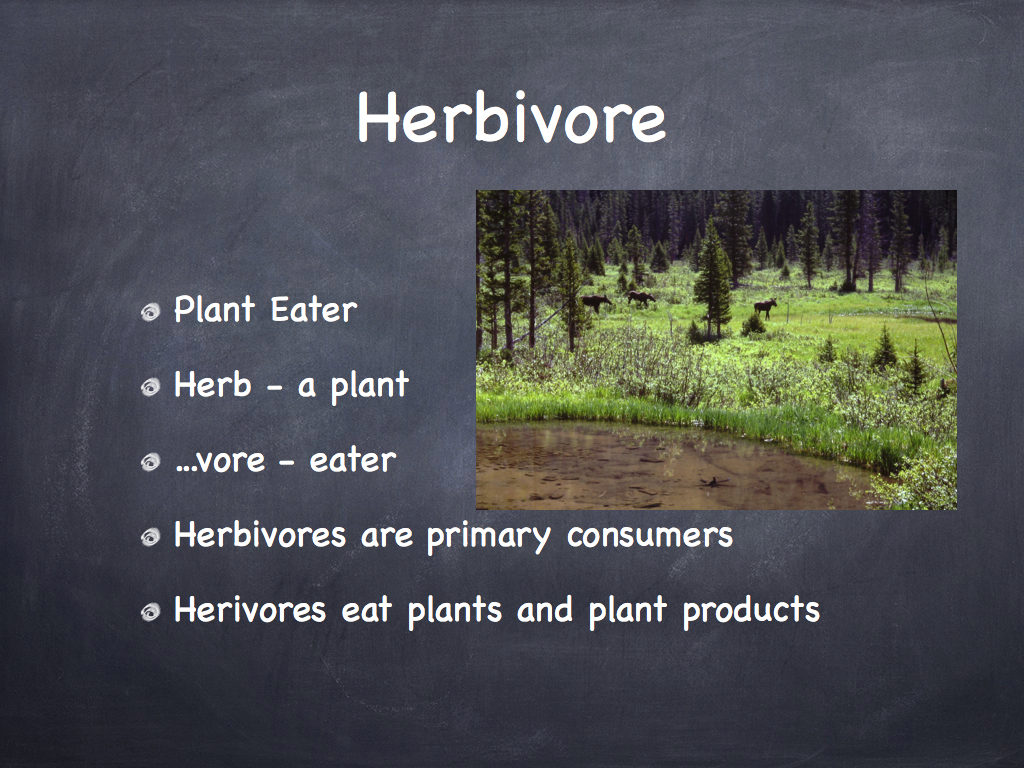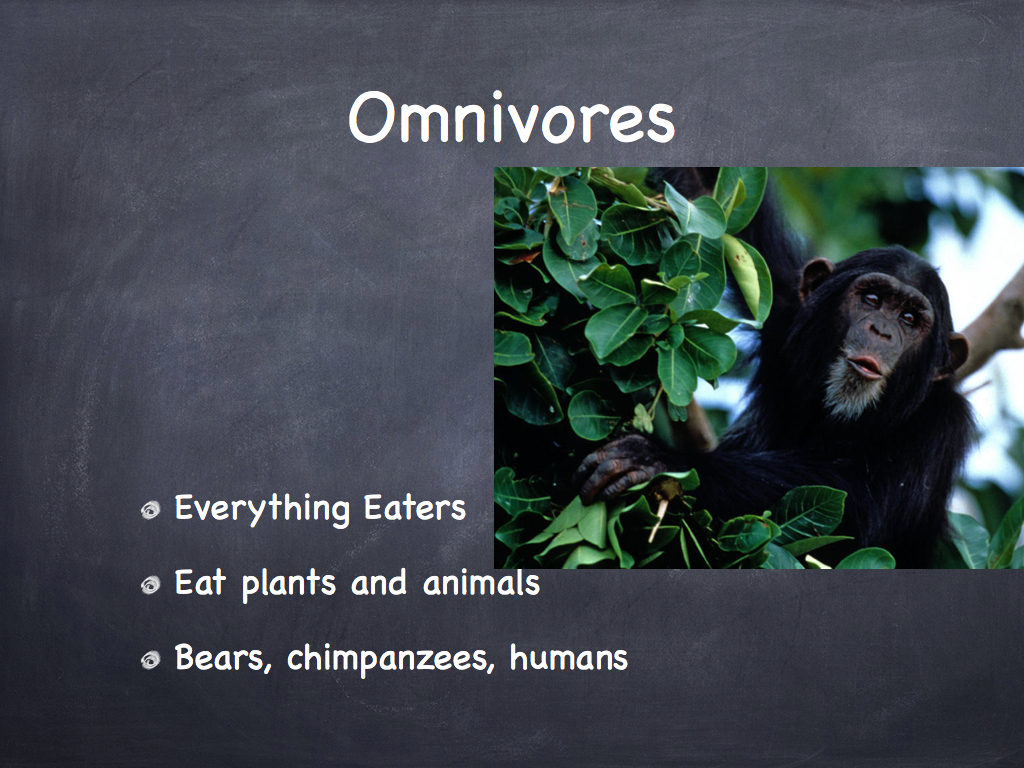We take a look at Ocean Food Webs in this episode of Ramping Up your English. Simultaneously, we demonstrate how to present material about the diet of an animal. We start with the concept of Food Chains.

Watching Episode 63
Watch episode 63 by clicking here. That takes you to Archive.org where you can see all episodes of Ramping Up your English.
View by segment
You can see this episode a segment at a time. Click here to see Segment one.
Episode Summary
Episode 63 begins with a review of the Life Cycle concept – the focus of the previous episode. We review the salmon life cycle, and look at other animals, viewing great video (from Videomaker) of bears, baboons, and giraffes. We share where you can find information on an animal’s life cycle, which can include protection of young and teaching.
The remainder of the episode builds the concept of diet. The focus on diet brings us to food chains – a way of showing how life energy is converted from solar energy and passed through the food chain to various living things. We also build the concept of Trophic roles – where various animals fit in according to what they can eat. All the producers, consumers, and decomposers have their functions. We also look at animals as being herbivores, carnivores, or omnivores.
Using the book “Quien Come Que?” (Who Eats What), we expand the food chain concept into the more complex concept of food webs. That takes us to the ocean food web, where we take a fascinating look at plankton – the tiny plants and animals that comprise the base of the ocean food web.
We end with a bit of a quiz, testing our new knowledge of the trophic roles of sharks, bison, crows, brown bears, Cape Buffalo, elephants, hawks, leopards, lions, foxes, rhinoceroses, elk and moose. We end with a video of several animals at a wetlands location in the Yukon.
Books used in this Episode
We reviewed two books about our unit in this episode. The first and most important was Quien Come Que by Patricia Lauber and illustrated by Holly Keller. It’s published by Scholastic Books as a textbook – available through the school market. You find a copy, or the English version of the same, at your local library or used book store. The ISBN is 0-439-12006-3.
The second book enjoying a very brief review was Dinnertime for Animals, by Jane R. McCauley. It’s part of National Geographic’s Books for Young Exploreers series. It has a 1991 copyright. The ISBN is 0-87044-844-7. There’s a Library Version as well. Your local library or book store may have it or a more recent version.
Both are worth reading to reinforce the content of this episode, and the second book will acquaint you with some important English words about animal diets.
Video Clips used in this Episode
We saw a video about Plankton called Tiny Drifters. Click here to watch the video.
Watch or download the same video without ads from archive.org. Click here.
Language Objectives
Use visual clues (illustrations) to comprehend written text about a familiar subject, no matter what language is used in the written text. Match the vocabulary words for trophic levels with appropriate animal diets. Describe a natural process (how life energy is collected, converted, and passed through the food chain).
Academic Content Objectives
Science: Life Cycles: List the life cycles of various animals. Name the stages of the salmon life cycle. Explain how the salmon life cycle supports the forest eco-system. Give Examples of animals teaching their young skills needed to survive in the animal’s habitat. Explain how the teaching of social skills benefits the offspring of an animal. Locate information about an animal’s diet. Explain how a Food Chain works. Illustrate how a food chain traces the transfer of energy from one organism to another. Explain how a disruption in a food chain could affect secondary and tertiary consumers. Identify the trophic roles of animals and those roles relate to their placement on a food chain. Distinguish between the concept of Food Chain and Food Web, listing the strengths and limitations of each. Give an example of what scientists can do to find out what an animal eats. Explain the role that plankton plays in the ocean food web. Give examples of interdependence among Ocean animals. Give examples of how several animals acquire their food.
Learning Materials
Shown below are learning materials used in this episode. Click on a slide to enlarge it. Use your back arrow to return to this page.




























Next Episode
Next Episode
There more about DIET and about animal adaptations on the Episode 64 Page.

